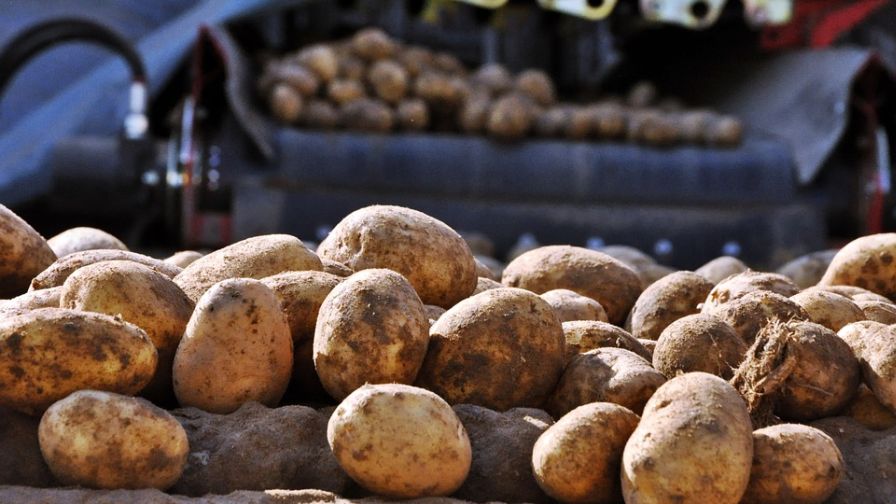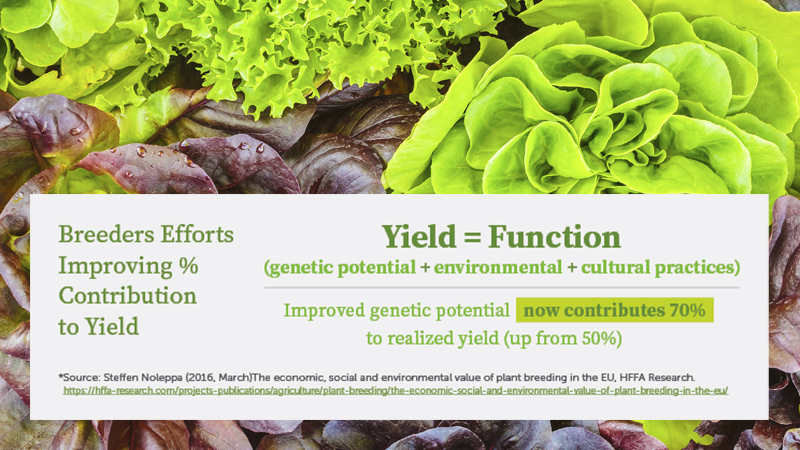A Study on Best Cleaning Practices for Common Vegetable Equipment Under Way

Farm food safety is a huge issue in today’s vegetable growing industry. Whether farms need a food safety plan, an audit, certification as required by buyers, or just looking to initiate practices to stay ahead of the curve, farmers are asking many questions. Cooperative Extension educators, specialists, and researchers are moving forward to answer these questions. One area in particular where a good deal of interest lies is in how best to clean produce wash equipment.
These pieces of equipment are inherently difficult to clean. Many models of produce wash machinery were designed decades ago with no thought of thorough cleaning or sanitizing. The equipment wasn’t meant to be taken apart or to be able to access inside into hard to reach places. Without thorough cleaning, the risk of microbial contamination from food-borne illness pathogens increases.
I will be investigating cleaning techniques to develop best management practices (BMPs) for farmers to adopt. The goal is to be able to do a better job of cleaning the equipment. The first step in reducing food-borne pathogen risk is being able to clean the wash equipment commonly found on the produce farm.
Through a grant from the Northeast Center for the Advancement of Food Safety (NECAFS), this project has just gotten underway. Initially, the project will look at several commonly used equipment on small fresh produce farms. There is the typical smaller scale vegetable brush wash line. The unit is a combination of conveyor, washer, and absorber. Another piece of equipment is the root barrel washer. The other will be a (clothes) washing machine. A washing machine is sometimes used by growers to spin dry greens.
The investigation will find where, on each piece of the unit, the debris from washing/drying vegetables accumulates and where it is hardest to clean. Produce will be coated with a fluorescent powder visible with a black light and run through the wash line. Where the fluorescent powder ends up will be evident by the glow under the black light. Once it is determined where these trouble spots are, techniques will be developed to reach these places and this might include fabricating cleaning tools for this purpose.
Practicality of cleaning is a major consideration. With the assistance of a farmer cooperator, Kurt Forman of Clearview Farms in Palmyra, NY, (who is also a trained mechanical engineer), we will determine the effectiveness of the cleaning process, the time it takes for the cleaning process, and the overall cost. Efficiency is as important as cleanliness, because time is money. As stated by Forman: “If it takes a long time to clean, it will be hard to justify the cost to farmers. We need to make cleaning thorough yet practical.”
The project will run during the 2017 growing season. By early fall, the results of the research will be analyzed to come up with the BMPs for cleaning based on measures of successful reduction of debris using cost effective procedures. After all, if the time and effort it takes to thoroughly clean equipment isn’t affordable then who will do it? Through several workshops, the information will be presented to farmers with on-farm demonstrations.
The research won’t end here. With farm food safety, there are two critical processes in the wash and pack facility. One is cleaning. The other is sanitizing. To fully assess how well the cleaning procedures worked, microbial swab testing will be needed. Using the results from the BMP work, another grant will be applied for to dig further to determine how clean the equipment is on the microbial level. Once clean, can the hard-to-reach places in the equipment be sanitized effectively? This and other questions will be closely examined in the near future.









